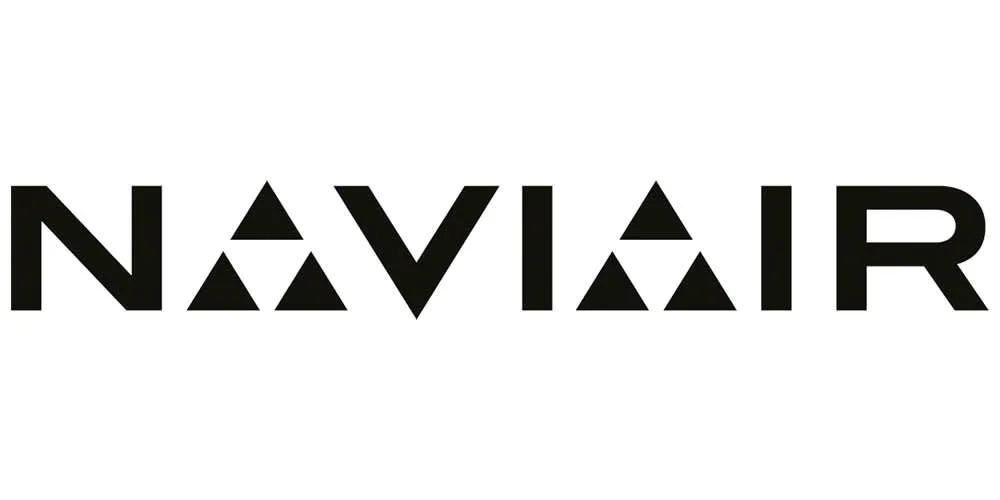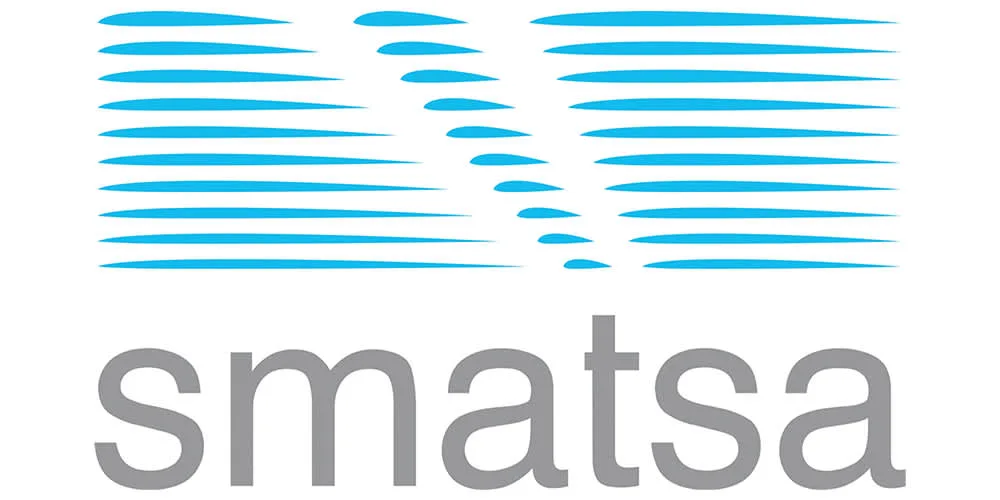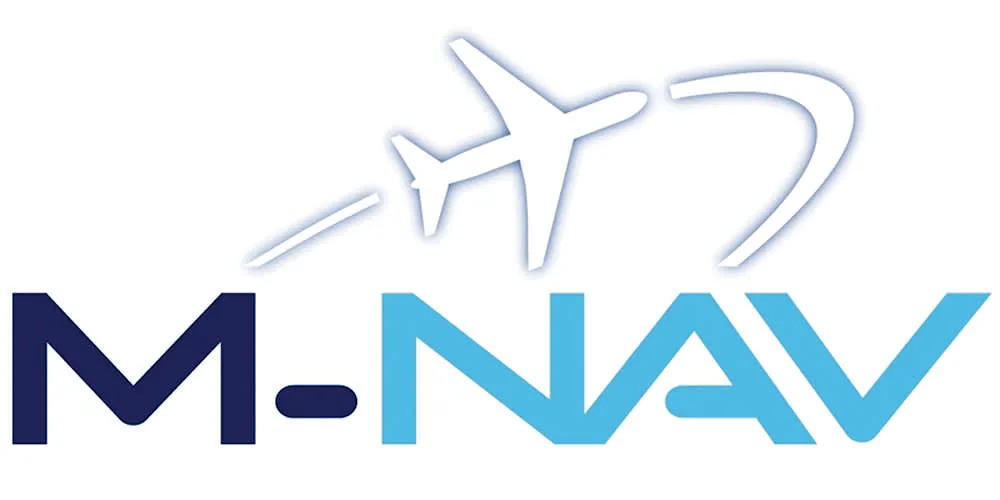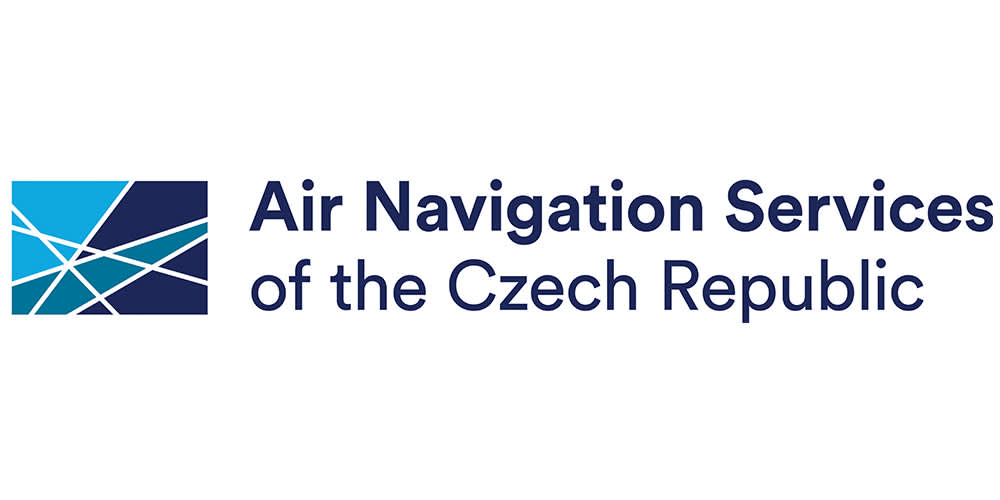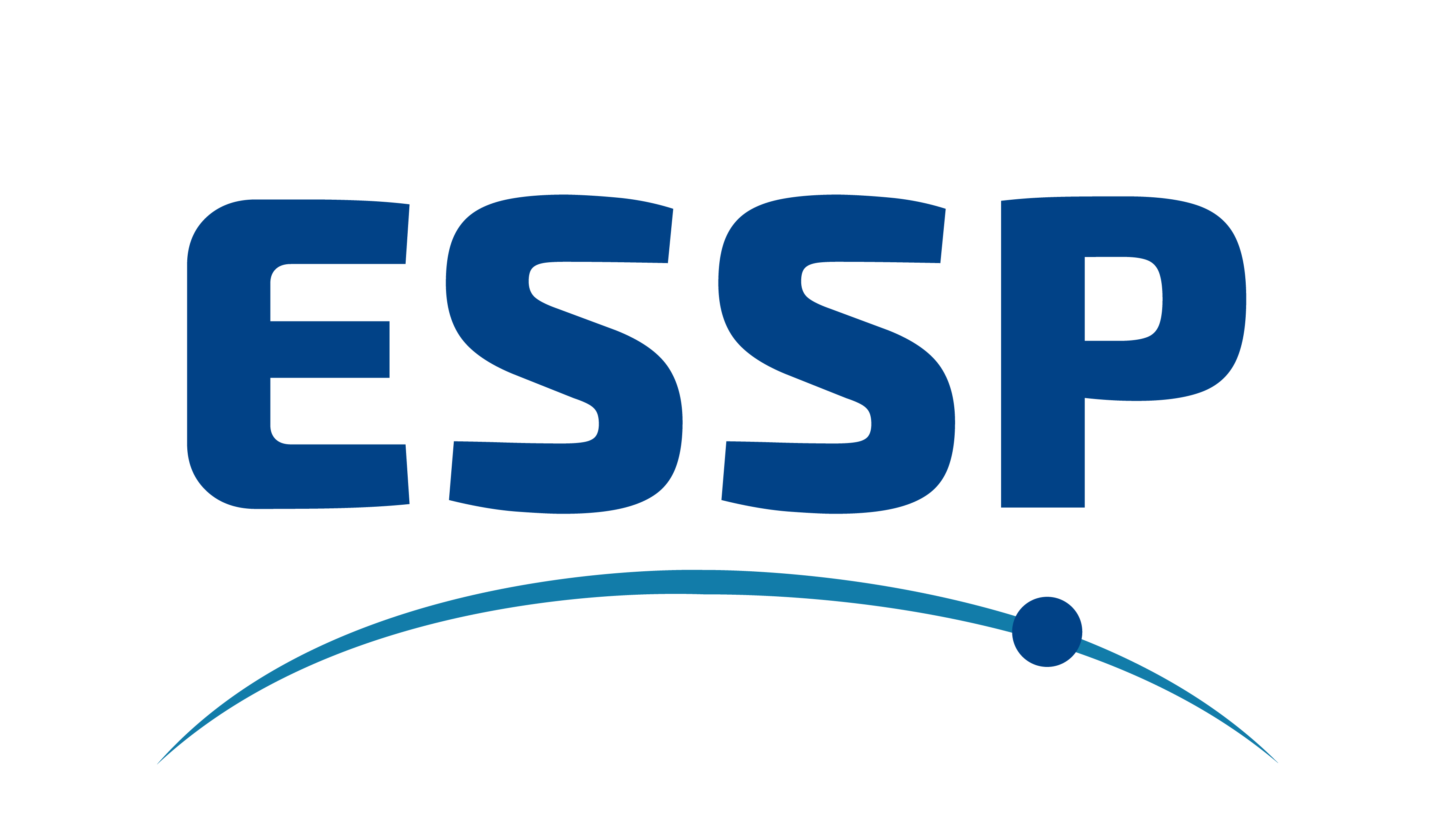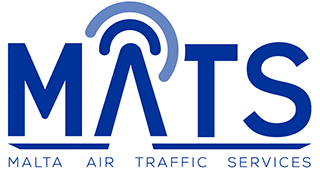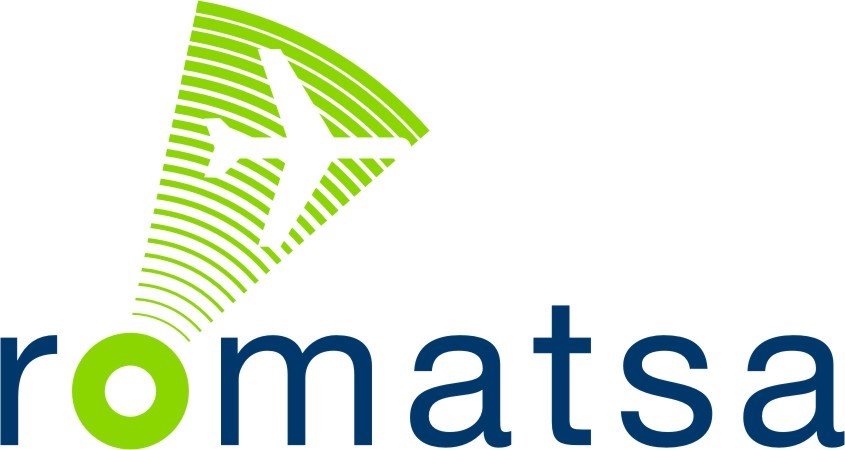In today’s digitised airspace, two key systems enable this connectivity: ACARS and CPDLC. Though often mentioned together, they serve very different roles.
This article breaks down the differences between ACARS and CPDLC. We’ll explain how each system works, when they’re used, and their importance to flight safety, efficiency, and compliance.
ACARS vs. CPDLC
In modern aviation, voice communication still plays a key role. However, the shift to digital data link technologies is transforming how aircraft interact with the ground.
Two critical technologies support this transition:
1. ACARS (Aircraft Communications Addressing and Reporting System)
2. CPDLC (Controller–Pilot Data Link Communications).
Both operate over VHF, HF, or satellite networks, but each system has a different operational purpose and user group. Understanding their distinct functions is vital for professionals in avionics, operations, and CNS/ATM integration.
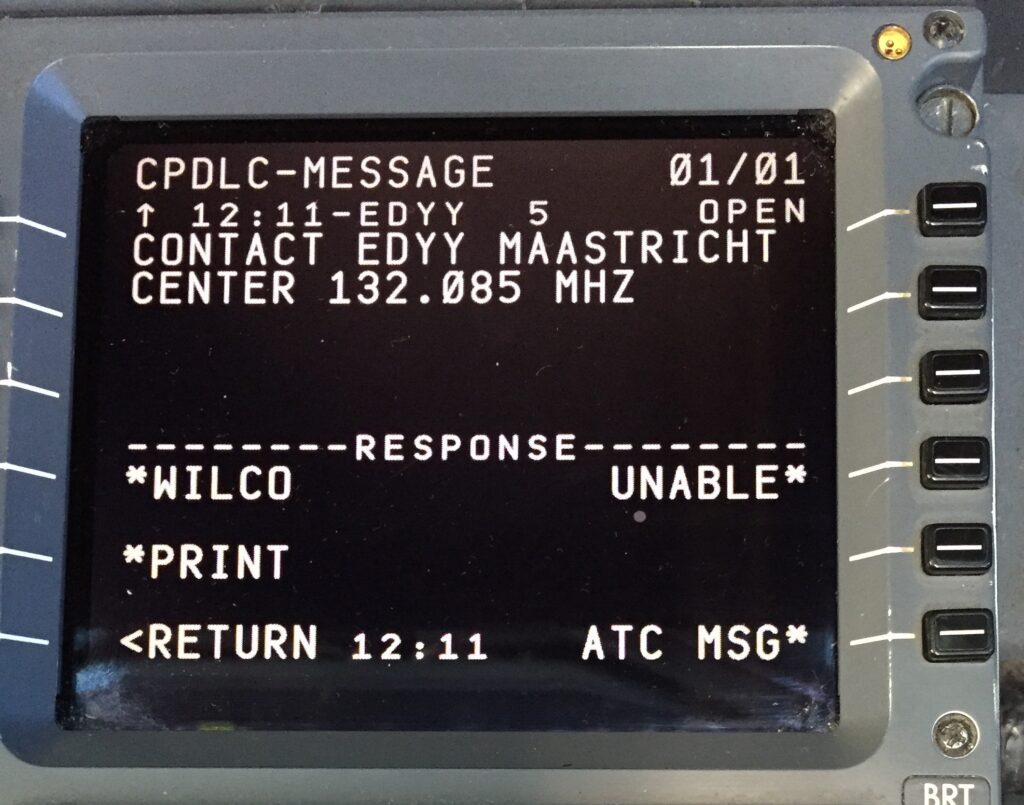
What are ACARS?
ACARS is a digital datalink system used to send structured messages between aircraft and ground systems. It reduces the need for routine voice communications. ACARS is primarily used for non-urgent, operational messaging.
Common message types include:
- Weather updates
- Flight plan changes
- Gate coordination
- Maintenance and system status reports
The system transmits data via VHF, HF, or satellite, depending on aircraft location. VHF is common over land. HF and satellite are used in remote or oceanic areas. By automating routine communications, ACARS helps reduce voice channel congestion. It also supports better coordination between pilots and airline dispatch.
Key Point: ACARS is airline-focused and supports operational messaging across all phases of flight.
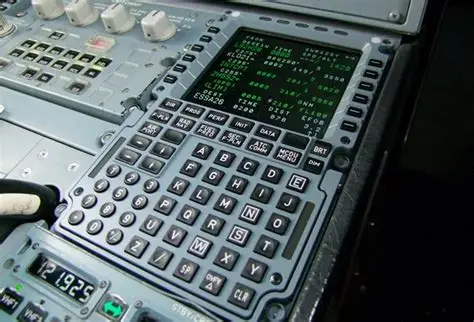
What Is CPDLC?
CPDLC is a datalink system used for direct, structured messaging between pilots and air traffic controllers. It supplements, and sometimes replaces, traditional voice communications in controlled airspace. Messages are displayed on the flight deck and acknowledged digitally. This reduces workload and improves communication accuracy.
CPDLC is used for:
- Altitude changes
- Route amendments
- FIR (Flight Information Region) handovers
- Oceanic or congested airspace coordination
Unlike ACARS, CPDLC focuses solely on ATC–pilot communication. It reduces frequency congestion, improves clarity, and lowers the risk of miscommunication due to static or language barriers.
Key Point: CPDLC is ATC-specific and ensures safe, efficient communication in regulated airspace.
ACARS vs. CPDLC: The Main Differences
| Feature | ACARS | CPDLC |
|---|---|---|
| Purpose | Airline Ops Comms | ATC–Pilot Comms |
| Users | Pilots & Dispatchers | Pilots & Air Traffic Control |
| Message Type | Routine Ops Info | Flight Instructions/Clearances |
| Communication Method | Text/Data over VHF/HF/Satellite | Text/Data over VHF/Satellite |
| Focus | Broad Operational | Targeted ATC Communication |
Why Its important
Both ACARS and CPDLC are vital to modern aviation. They streamline communication, reduce radio traffic, and improve clarity between air and ground teams.
For airlines, this means fewer delays and improved operational control. For ATC, it means safer airspace and reduced controller workload. And for passengers? It means a smoother, more efficient flying experience — even if they never hear it happening.
There’s a constant digital exchange occurring in the background. Aircraft, airline systems, and ATC centres are in continuous contact — often without saying a word.
This silent conversation supports safer, more predictable, and compliant global flight operations.

Final Thoughts
In an environment of increasing airspace complexity and traffic density, ACARS and CPDLC are fundamental components of the modern aircraft communications architecture. By enabling structured, reliable, and timely data exchange, these systems play a critical role in reducing communication errors, alleviating voice frequency congestion, and supporting safer, more efficient flight operations.
While they serve distinct operational functions—ACARS for airline operations and CPDLC for ATC communications—together, they form a key part of the digital infrastructure that underpins contemporary air traffic management.
So the next time you hear, “We’re just waiting on a message from ATC,” it’s likely part of this complex, data-driven exchange working quietly behind the scenes to keep your flight seamlessly on track.
How can Airtel Help?
At Airtel ATN, we are at the forefront of advancing datalink communications by delivering innovative solutions that enhance the reliability, scalability, and global interoperability of systems like ACARS and CPDLC.
We work closely with airlines, ANSPs, and OEM partners to integrate next-generation datalink services that support ICAO and SESAR initiatives, helping modernise the global CNS/ATM framework. By continually refining our ground-based and airborne communications infrastructure, we’re not just supporting today’s operations — we’re shaping the future of safe and efficient digital aviation.
TDL
ACARS vs. CPDLC: Understanding the Backbone of Modern Aircraft Communication
Description
As airspace becomes more complex and digitised, the systems behind pilot-ground communication have never been more critical. In this blog, Airtel ATN breaks down the roles of ACARS and CPDLC — how they differ, how they work, and why they’re essential to efficient, safe, and compliant flight operations. Learn how we’re supporting the next generation of aircraft datalink infrastructure.




